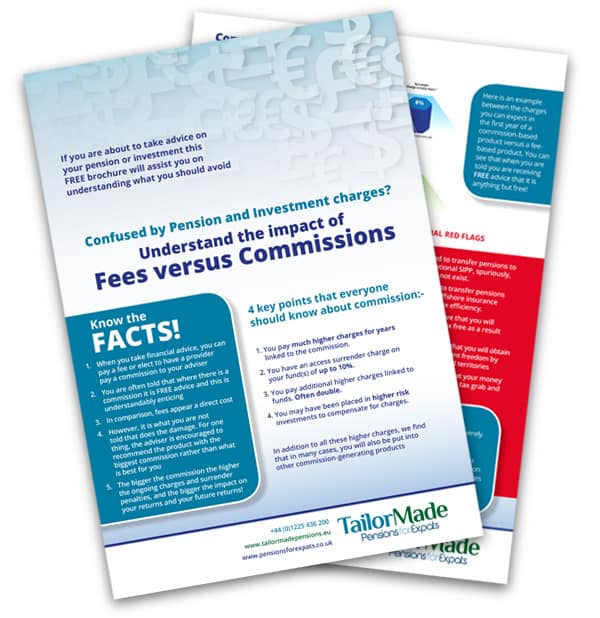How will this affect your wallet?
The US Social Security Administration recently announced benefits will increase 8.7% for 2023. That’s the largest jump since the 11.2% increase enacted in 1981, during that high-inflation period.
The Social Security 8.7% Cost of Living Adjustment (COLA) increase is based on the Consumer Price Index for Urban Wage Earners (CPI-W) between the third quarter of 2021 and the third quarter of 2022. The rise is meant to keep up with the current US inflation rate of 8.2% (October 2022). The cost of food alone climbed 11.2% so far this year. Many experts expect inflation to continue to rise during the next year to year-and-a-half.
With the rate hike, seniors who rely on Social Security will be able to make up most of the ground they’ve lost to inflation over the past year.
COLA
The Social Security COLA will affect 70 million Americans, including 48 million retired workers and their spouses and dependents; those receiving disability and survivor’s benefits; and recipients of Supplemental Security Income.
For those receiving $1,754 a month — the average monthly benefit for someone retiring in December — the COLA is an increase of about $153 a month, or $1,831 per year.
Tax considerations
The COLA adjustment could be detrimental for moderate income retirees. The increased payments could raise their income status to be subject to the federal income tax.
More than 55% of social security recipients now pay federal income tax on some of their benefits, up from 8% back in 1984.
Medicare decrease
You can’t examine social security payments without looking at Medicare costs.
In 2022, Social Security benefits went up 5.9%, but retirees lost a chunk of that to a 14.5% increase in Medicare Part B premiums.
In 2023, Medicare payments will decrease about $5 a month. The 2022 increase was meant to cover the expected costs of providing a new Alzheimer’s drug, but the drug company reduced its charges by half and that savings is being (partially) passed back to Medicare participants.
Social Security is not income replacement
US Social Security benefits are modest by international standards. The US ranks just outside the bottom third of developed countries in the percentage of an average worker’s earnings replaced by the public pension system.
For someone who worked all of their adult life at average earnings and retires at age 65 in 2022, Social Security benefits replace about 37% of past earnings. Social Security’s “replacement rate” fell as the program’s full retirement age gradually rose from 65 in 2000 to 67 in 2022.
Rare inflation-adjusted income
In technical terms, Social Security is a form of an annuity — insurance that pays annual income for the rest of your life (and, for retirees, with benefits for your surviving spouse and children until they reach age 18).
You can’t buy inflation-protected lifetime income like that on the open market, not from an entity as solid as the United States government.
You can buy annuities that will increase their payouts by, say, 3% every year, but none are available now that include full cost-of-living adjustments like Social Security.
Added protection
In addition to Social Security’s income replacement benefits, workers earn life insurance and disability insurance (SSDI) protection by making Social Security payroll tax contributions. About 96% of people aged 20-49 who worked in jobs covered by Social Security in 2020 have earned life and disability insurance protection through Social Security.
For example, a young worker with average earnings, a spouse, and two children, that’s equivalent to a life insurance policy with a face value of nearly $800,000 in 2020, according to Social Security’s actuaries.
Additionally, about 89% of people aged 21-64 who worked in Social Security-covered employment in 2020 are insured against severe disability.
Social Security is facing under-funding
There are fewer US workers paying into the Social Security program than the number of retirees collecting payments from it. Therefore, the system is looking at being underfunded by around 2034. However, analysts say the system won’t collapse entirely. Retirees in the future will receive less – about 77% – 80% of current benefits.
Current congressional bills propose different options for addressing the shortfall. Voters and legislators will determine what Social Security looks like in the future. But, regardless of program changes or enhancements, current workers cannot expect Social Security payments to meet their future needs. Social Security is meant to be just one component, not the entirety, of their retirement savings plan.
The views expressed in this article are not to be construed as personal advice. You should contact a qualified and ideally regulated adviser in order to obtain up-to-date personal advice with regard to your own personal circumstances. If you do not then you are acting under your own authority and deemed “execution only”. The author does not accept any liability for people acting without personalised advice, who base a decision on views expressed in this generic article. Where this article is dated then it is based on legislation as of the date. Legislation changes but articles are rarely updated, although sometimes a new article is written; so, please check for later articles or changes in legislation on official government websites, as this article should not be relied on in isolation.
Related Stories:
- Retirement Planning Includes These Important Ages
- How Britain’s Autumn Statement Affects Pensioners
- Why Retirees Change Retirement Plans
- Retirement Planning: Consider Cash Flow in Addition to Accumulation
- Your Best 2023 Resolution: Retirement Fitness
Share this story






